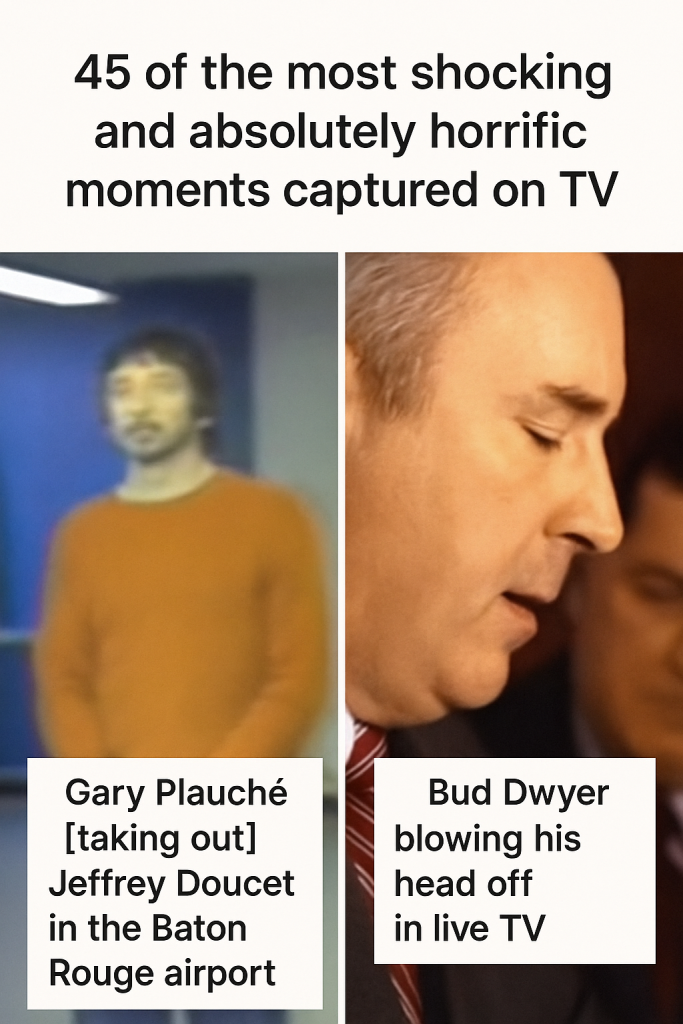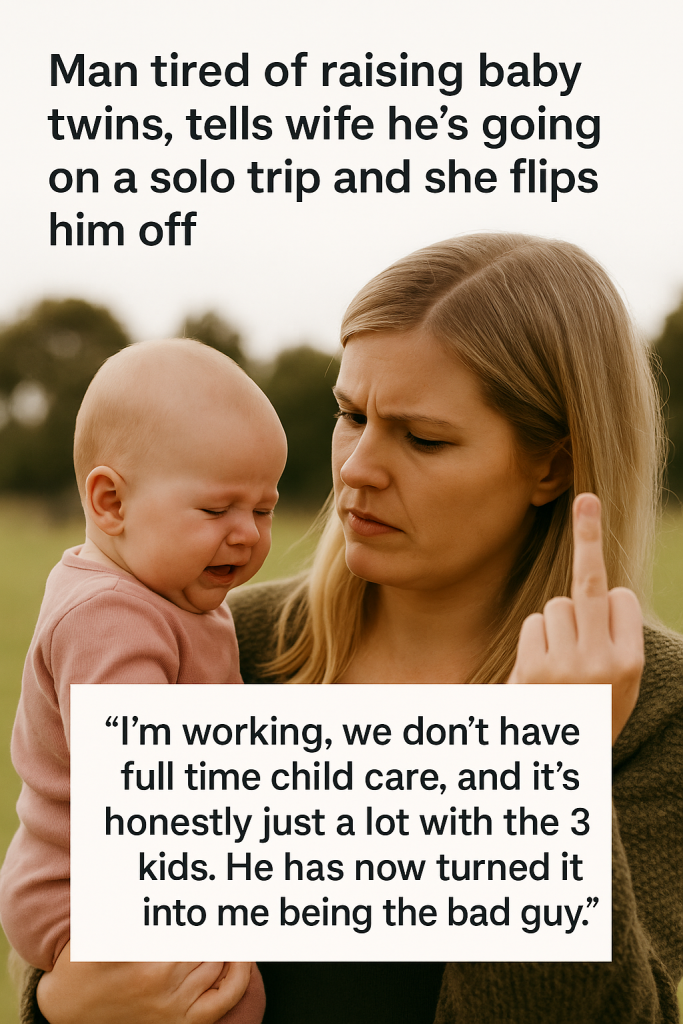One of the most harrowing and unforgettable moments ever captured on live television occurred decades ago at the Baton Rouge Airport, when a father, Gary Plauché, confronted and fatally shot Jeffrey Doucet, the man accused of abducting and sexually assaulting his young son. This case remains etched in the public memory, resurfacing periodically as an example of the extreme lengths to which a parent might go when faced with unimaginable anguish.
Gary Plauché’s act of vengeance was broadcast live across the nation, unfolding in real time before millions of viewers. The incident took place during an extradition hearing on March 16, 1984, when Doucet was being escorted by police at the airport, bound for legal proceedings related to the child abduction and abuse charges. Plauché, who had been waiting anxiously, seized the moment and took a handgun from an official escort, shooting Doucet multiple times.
The case shocked viewers due to the raw and emotional nature of the footage—live television does not often capture such explosive personal tragedy mixed with public spectacle. Plauché’s action, born out of a father’s desperate need for justice and retribution, ignited a national debate on vigilante justice, the limitations of the legal system, and the trauma inflicted on victims and their families.
Many years later, the 1984 Baton Rouge incident remains one of the most disturbing and compelling live TV moments cited for its intense human drama. In 2024, social media and online platforms have once again highlighted this event in collections titled “45 of the Most Shocking and Absolutely Horrific Moments Captured on Live TV,” drawing renewed attention to the visual impact and historic weight of the footage.
The backstory behind the tragedy adds further gravity to the incident. Jeffrey Doucet was charged with the abduction and sexual abuse of Plauché’s 11-year-old son, Jody. The emotional toll on Plauché and his family was immense, fueling his resolve to act during the highly charged extradition process. The shooting instantly turned a court-related event into a flashpoint for nationwide discourse on justice and emotion intersecting in violent acts.
Legally, Gary Plauché was charged but ultimately convicted of manslaughter rather than murder, and he received a sentence that included probation and counseling. The court recognized the emotional and psychological factors driving Plauché’s actions, underlining the complex ethical questions posed when a victim’s family takes the law into their own hands.
In recent commentary and retrospectives, experts and viewers alike attest to the enduring impact of this footage: it is chilling not only because of the act itself but because it was unfiltered, raw, and unfolding live—offering no time for editing or censorship. This marked a defining moment in media journalism, illustrating both the power and peril of live broadcasting sensitive, unpredictable events.
As the world continues to grapple with how live media shapes public perception and emotional response, the story of Gary Plauché and Jeffrey Doucet remains an essential case study. It challenges viewers to consider the boundaries of justice, trauma, and the human capacity for both compassion and wrath.
For those curious about historical live TV moments that push the limits of shock and sorrow, the Baton Rouge airport shooting stands out as a brutal reminder of personal tragedy intersecting with public spectacle—an unforgettable moment that continues to provoke reflection more than 40 years later.



